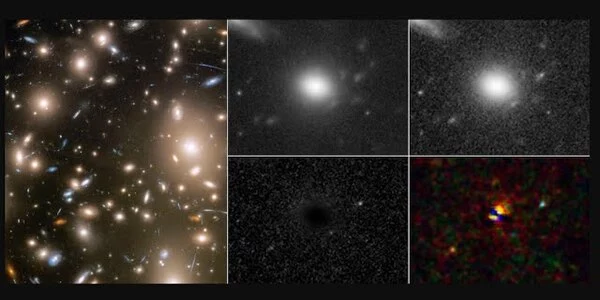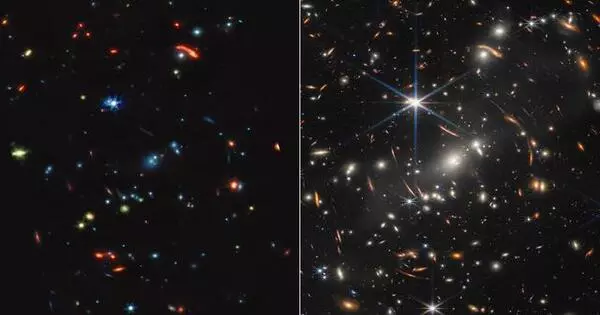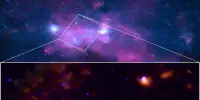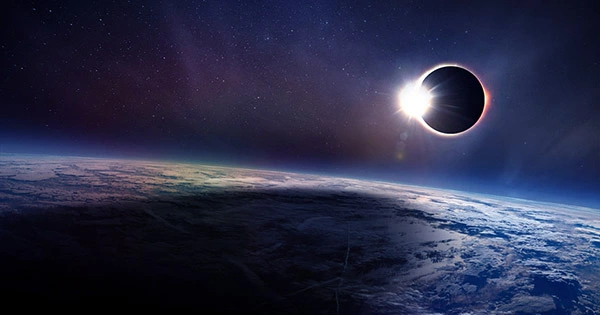The James Webb Space Telescope (JWST) has confirmed that the atmospheres of giant planets vary widely. This is based on observations of six exoplanets using the telescope’s Near Infrared Spectrograph (NIRSpec). The study found that the exoplanets’ atmospheres have different compositions, temperatures, and cloud structures. For example, some of the planets had water vapor in their atmospheres, while others did not. Some had cloudy atmospheres, while others had clear skies.
Astronomers have discovered that the atmospheric compositions of giant planets in the galaxy do not match the trend of our own solar system. An international team of astronomers discovered that the atmospheric compositions of giant planets in the galaxy do not match the trend of our own solar system.
Using NASA’s James Webb Space Telescope (JWST), the researchers discovered that the atmosphere of exoplanet HD149026b, a “hot Jupiter” orbiting a star similar to our sun, contains far more carbon and oxygen than scientists would expect for a planet of its size. These findings, published in Nature as “High atmospheric metal enrichment for a Saturn-mass planet,” shed light on planet formation.
“It appears that every giant planet is different, and we’re starting to see those differences thanks to JWST,” said Jonathan Lunine, professor in the physical sciences at Cornell University and co-author of the study.
It’s the mass of Saturn, but its atmosphere appears to have as much as 27 times the amount of heavy elements relative to its hydrogen and helium that we find in Saturn.
According to Jacob Bean, professor of astronomy and astrophysics at the University of Chicago and lead author of the paper, the giant planets of our solar system have a nearly perfect correlation between overall composition and atmospheric composition and mass. Extrasolar planets show a greater diversity of overall compositions, but scientists didn’t know how varied their atmospheric compositions are until this analysis of HD149026b — also known as Smertrios — which is also known as Smertrios.
“It’s the mass of Saturn, but its atmosphere appears to have as much as 27 times the amount of heavy elements relative to its hydrogen and helium that we find in Saturn,” Lunine said of Smertrios.

According to Lunine, this ratio, known as metallicity, is useful for comparing a planet to its home star or other planets in its system, despite the fact that it includes many elements that are not metals. Smertrios is the only known planet in this planetary system.
Another important measurement is the carbon-oxygen ratio in a planet’s atmosphere, which reveals the “recipe” of original solids in a planetary system, according to Lunine. It’s around 0.84 for Smertrios, which is higher than in our solar system. In our sun, there is slightly more than one carbon atom for every two oxygen atoms (0.55).
While an abundance of carbon might seem favorable for the chances of life, a high carbon-to-oxygen ratio actually means less water on a planet or in a planetary system – a problem for life as we know it.
Smertrios is an intriguing first case of atmospheric composition for this particular study, according to Lunine, who plans to observe five more giant exoplanets with JWST in the coming year. Many more observations are required before astronomers can detect any patterns in the compositional diversity that astronomers are beginning to document among giant planets or in systems with multiple giant planets or terrestrial planets.
Bean stated, “The origin of this diversity is a fundamental mystery in our understanding of planet formation.” “We hope that future atmospheric observations of extrasolar planets with JWST will better quantify this diversity and yield constraints on potentially more complex trends.”
















